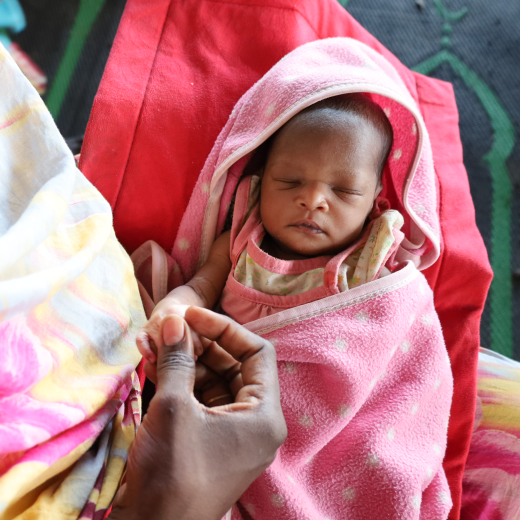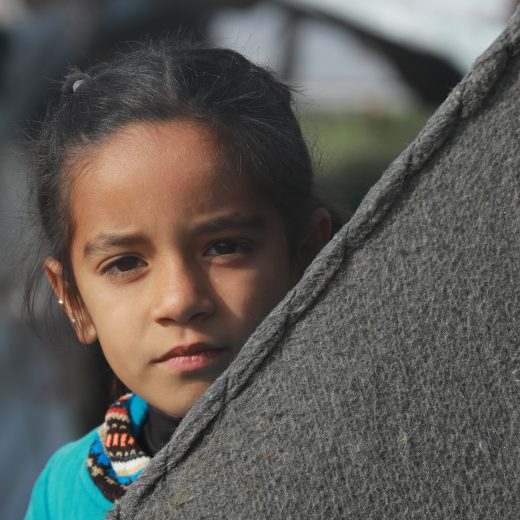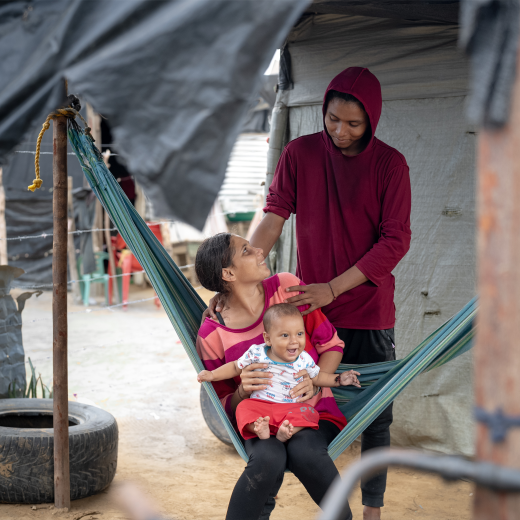The global cuts in foreign aid are hitting children just when they need it most urgently: in the midst of armed conflicts, hunger and disasters. Millions are losing access to food, education and protection. What does this mean for our work – and for children all over the world?
If help no longer comes
These sudden cuts in foreign aid put millions of children at risk. Our global network has been forced to make some hard decisions. We have had to suspend programmes that provide treatment for severely malnourished children and neonatal medical care. Mothers in refugee camps must give birth to children without medical assistance, and we are already seeing girls dropping out of schools because our programme fighting forced marriage can no longer help them. In all, we’ve had to end 133 programmes because of the latest cuts.
Our Swiss-financed programmes remain largely unaffected for now, but we are quite worried about current developments because children’s lives are at risk. As part of the international Save the Children network, we are seeing close up how the funding cuts are impacting our work globally: If funding is cut, lifesaving aid can no longer be sent to where it’s most urgently needed. What does this mean for children?
Sudan
Since 15 April 2023, the escalating conflict in Sudan has forced almost 12 million people from their homes – the highest number anywhere in the world. More than half are children. They are plagued by violence as well as acute hunger.
If a solution is not found to make up for the cuts elsewhere, 300,000 people will stop receiving urgently needed food and nutritional aid – at a time when people are dying of starvation. Over one million people will be cut off from medical care.

Syria
War has been raging in Syria for more than 13 years. For the children there, it’s all they’ve ever known. The cuts threaten essential projects focusing on nutrition, education and child protection – with consequences for more than 17,000 people.
7,500 infants and 4,000 pregnant and nursing women in Northeastern Syria may no longer receive nutritional assistance. 1,300 malnourished children will no longer have access to treatment. School programmes in the Al-Hol refugee camp will have to be discontinued. Aid programmes for especially vulnerable children will end, as will the work of local partners combating malnutrition.

Colombia
In Colombia, many children grow up in a world of violence, poverty and hopelessness. The cuts will cause 25,000 people – among them 16,000 children – to lose access to food and safe spaces for learning and play, leaving them vulnerable to recruitment by armed gangs, sexual violence and other dangers.
8,300 people will lose critical financial assistance – money that has been helping them pay for food, school and basic essentials for their families.

Save the Children remains committed
For this world to become a reality, we need governments, partners and dedicated people all over the world who are prepared to invest in children and their future. Together, we can ensure a future for children. Because what could be more important than that?
